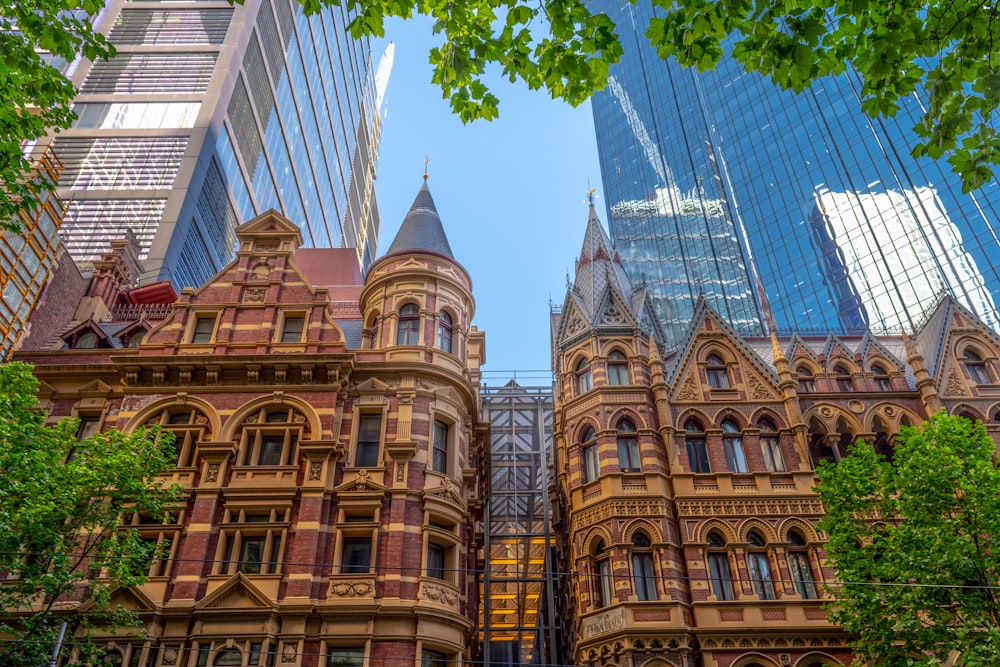Exploring Victorian Architecture: Elegance and Grandeur Revived
A Glimpse into History
Victorian architecture, characterized by its ornate details and grandiose designs, is a testament to the opulence of the Victorian era. Originating in the United Kingdom during the reign of Queen Victoria from 1837 to 1901, this architectural style reflects the prosperity and innovation of the time. Victorian buildings, with their intricate facades, elaborate trimmings, and imposing structures, transport us back to an era of elegance and grandeur.
Distinctive Features
One of the defining features of Victorian architecture is its eclectic nature, drawing inspiration from various architectural styles and historical periods. From Gothic Revival to Italianate, Queen Anne to Second Empire, Victorian buildings exhibit a diverse range of influences. Turrets, gables, and bay windows are common architectural elements, while decorative flourishes such as corbels, brackets, and fretwork add to the ornamental charm.
Elegant Interiors
Victorian architecture is not just about impressive exteriors; the interiors of Victorian buildings are equally stunning. High ceilings, intricate moldings, and decorative plasterwork adorn the interiors, creating a sense of grandeur and sophistication. Stained glass windows, elaborate staircases, and marble fireplaces are often found in Victorian homes, adding to their luxurious appeal. Each room is meticulously designed, with attention to detail and craftsmanship evident in every corner.
Revival and Preservation
While many Victorian buildings have been lost to time or neglect, there has been a resurgence of interest in preserving and restoring these architectural treasures. Historic preservation societies and architectural enthusiasts are working tirelessly to protect Victorian buildings from demolition or unsympathetic alterations. Renovation projects aim to breathe new life into these historic structures while maintaining their original character and charm.
Modern Interpretations
Despite being rooted in the past, Victorian architecture continues to inspire contemporary architects and designers. Modern interpretations of Victorian style can be seen in new construction projects as well as renovations of historic buildings. The timeless elegance and grandeur of Victorian architecture resonate with homeowners and developers alike, seeking to capture the nostalgia and sophistication of bygone eras.
Challenges and Preservation Efforts
Preserving Victorian architecture comes with its challenges, including maintenance costs, building code regulations, and the need for skilled craftsmen. However, the cultural and historical significance of these buildings makes them worth preserving for future generations to appreciate. Preservation efforts not only safeguard architectural heritage but also contribute to the cultural identity and sense of place in communities around the world.
Appreciating Architectural Heritage
In conclusion, Victorian architecture stands as a testament to the elegance and grandeur of the Victorian era. With its distinctive features, elegant interiors, and rich history, Victorian buildings continue to captivate and inspire us today. Through preservation efforts and modern interpretations, we can ensure that the legacy of Victorian architecture lives on for generations to come, reminding us of a bygone era of opulence and refinement.
Read more about victorian architecture

